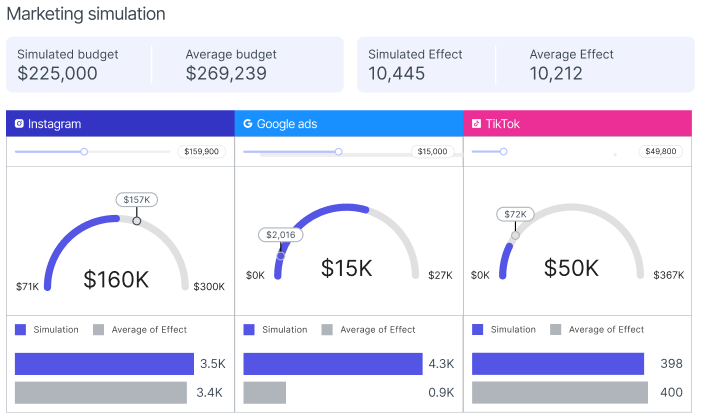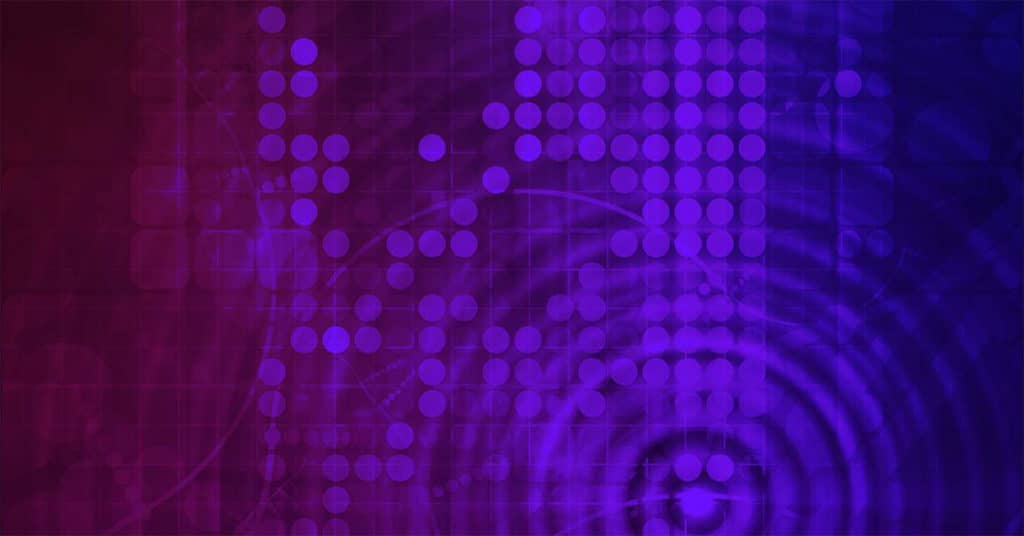In a nutshell:
- Sales productivity refers to the ways a sales team works to maximize output while minimizing input.
- AI can improve sales productivity by automating tedious tasks and providing data insights.
- Generative AI tools can help with sales research and outreach personalization.
- Predictive AI can help with lead scoring to identify promising leads.
- When choosing an AI tool, consider alignment with existing tools, accuracy, security, customization, and accessibility.
If you’re a sales leader, you’ve undoubtedly heard about AI’s potential impact on sales productivity and marketing efficiency. AI has been making its rounds in the headlines, dazzling industries around the globe with its ability to generate content and execute intelligent tasks with mesmerizing efficiency.
To be clear, there’s no substitute for a genuine, person-centered approach when it comes to sales. Sales leaders know better than anyone the importance of nurturing face-to-face relationships. And nobody (that we know of) wants to build a relationship with an AI.
But when searching for how to improve sales productivity, several AI-powered use cases can impact and even improve how teams measure and execute their sales motions.
What is sales productivity, and how is it measured?
Sales is an intense world where every lead matters and every dollar counts. A world where busywork is fruitless and focused work is everything. So, what is sales productivity, and how do you actually measure it?
Sales productivity refers to how a team maximizes output (revenue, deals closed, client interactions) while minimizing input (time and resources). It involves doing more with less — but doing it smarter. It can be understood as a formula for success, measured by multiplying efficiency by effectiveness.
Sales efficiency is a measure of how well your team uses its resources — which might be a sales team’s actual working hours, budgets, or technology. Sales effectiveness, on the other hand, has to do with how well the team uses those resources. For example, an effective use of time could result in more conversions.
If a sales representative can squeeze in a few more sales calls during their workday, they’re increasing sales efficiency and getting more opportunities to sell. If they’re calling highly qualified leads and those calls result in landing actual sales, then that sales rep is improving their sales effectiveness. Teams can increase sales productivity when they maximize both efficiency and effectiveness.
And, like with any data, sales productivity metrics need to be taken in context. Some sales are fast and easy but don’t contribute as much to overall revenue. Other times, qualified leads with bigger payoffs need more time to be nurtured along the way.
How can AI improve sales productivity?
According to a Salesforce report, sales reps spend only 28% of their workweek actually selling. Tedious tasks like deal management, CRM administration, and spreadsheet-based analytics gnaw away at their time. Many sales teams get stuck on increasing sales productivity when bogged down with so many manual tasks.
By taking some of the tedious tasks off the sales reps’ desks and using data insights to help them focus their time on what they do best — connecting with high-potential prospects — sales productivity tools with AI, including generative and predictive AI, can help sales teams be more productive and effective, specifically when it comes to research, personalization of outreach, and lead scoring.
How does AI help with sales research?
Generative AI tools can help with sales productivity when it comes to researching clients’ needs. For example, a salesperson might use ChatGPT to ask questions about a company, its product and competitors, and so on. This can help sales reps more easily personalize their outreach without spending hours sleuthing.
How does AI help with outreach personalization?
A caveat with using AI (there are a few) is that it can tend to regurgitate generic content or other broad results not tailored to the customer or audience at hand. But not all AI solutions are created equal. When used correctly, AI can enable a sales professional to create a more personalized customer experience at scale.
Several generative AI solutions can quickly write emails for you while allowing for customization by persona. For example, are you speaking to an executive? You can customize your generative AI solution to write in a formal tone. If you’re speaking to an end user, you could be more informal and witty. Leveraging generative AI as a starting point for email outreach by persona is a great way to scale your team’s efforts.
Next comes predictive AI. Remember all those mind-numbing tasks that constantly tie up sales reps during their work week? Those non-sales steps are actually chock-full of customer insights, including browsing behavior on your website, time spent on page, and conversations over chat. With proper tagging, these experiences can — and should — be collected and converted into structured data.
64% of business owners express optimism about AI’s potential to improve customer relationships.
— Forbes
The right predictive AI solutions can synthesize that data into important data insights that inform a more thoughtful, personalized approach by a human salesperson. By analyzing this data, sales reps can gain a better idea of what a customer cares about and also pinpoint the right time in the funnel to reach out. This personalization leads to a deeper connection with customers and more effective sales results.
How does AI help with lead scoring for increased sales productivity?
One of the best ways to implement AI in your sales productivity toolbox is with predictive lead scoring. Predictive lead scoring relies on AI algorithms to evaluate and rank potential customers based on their likelihood to convert.
Instead of relying on time-intensive manual analysis, predictive lead scoring automates the process with less human bias and better projections over time. Using machine learning algorithms, AI tools can evaluate leads based on predetermined criteria, look for patterns from past successful conversions, and automatically assign a score to each lead based on their likelihood to convert into a sale, allowing sales reps to focus their time better and become more effective.
Instead of spending only a quarter of their work week on actual selling, sales reps can automate those tedious, repetitive tasks and identify promising leads much faster — and more accurately. A shorter sales cycle will help your team hit business goals more quickly. By eliminating the need for manual scoring, sales teams save time and resources, which improves the sales productivity formula by increasing efficiency.
Choose a predictive lead scoring AI tool to help improve sales productivity
While many generative AI solutions are free, choosing the right predictive analytics solution can be tricky. You’ll need to make sure any AI tool you choose for your sales and marketing teams has a low barrier to entry, allows for broad use cases, and that it will work within your existing sales tech stack.
Here are a few essential criteria to look for when choosing a predictive AI tool:
- Alignment with existing tools. When adapting new technology, make sure the AI tool meshes well with your current marketing and sales tools. This way, you’re not dealing with incompatible technologies that make adopting new tech a total headache, adding administrative tasks to your workload.
- Accurate predictions. Consider how accurate the tool is when providing predictions based on historical data. After all, you want to make sure the AI is leading you in the right direction.
- Security. As with any tool that handles data, make sure the AI tool you use is compliant with data privacy and security regulations.
- Customization. Seek out a tool that serves a wide range of use cases and can fit your team’s exact needs.
- Accessibility. You want your sales reps to hit the ground running — not stay bogged down in sales enablement training just to use software. Prioritize easy-to-use and fast-to-implement technologies.
Sales and revenue teams have plenty of opportunities to optimize their team’s work, and one of the best ways to start is by increasing their team’s productivity. Adopting the right AI-powered approach offers benefits that can help teams hit their goals more efficiently and consistently.
Improve sales productivity with AI
Using AI can give your sales reps a better view of their most qualified leads and help them create and personalize their outreach without spending hours researching or performing manual tasks. This extra time and focused effort helps improve sales productivity while still allowing for that essential personal touch. Armed with improved data and better insights about incoming leads, sales teams will get their time back to do the real work of selling — human to human.
Ready to learn more? Request a demo to learn how Pecan AI can increase your team's sales productivity with low-code predictive analytics.





